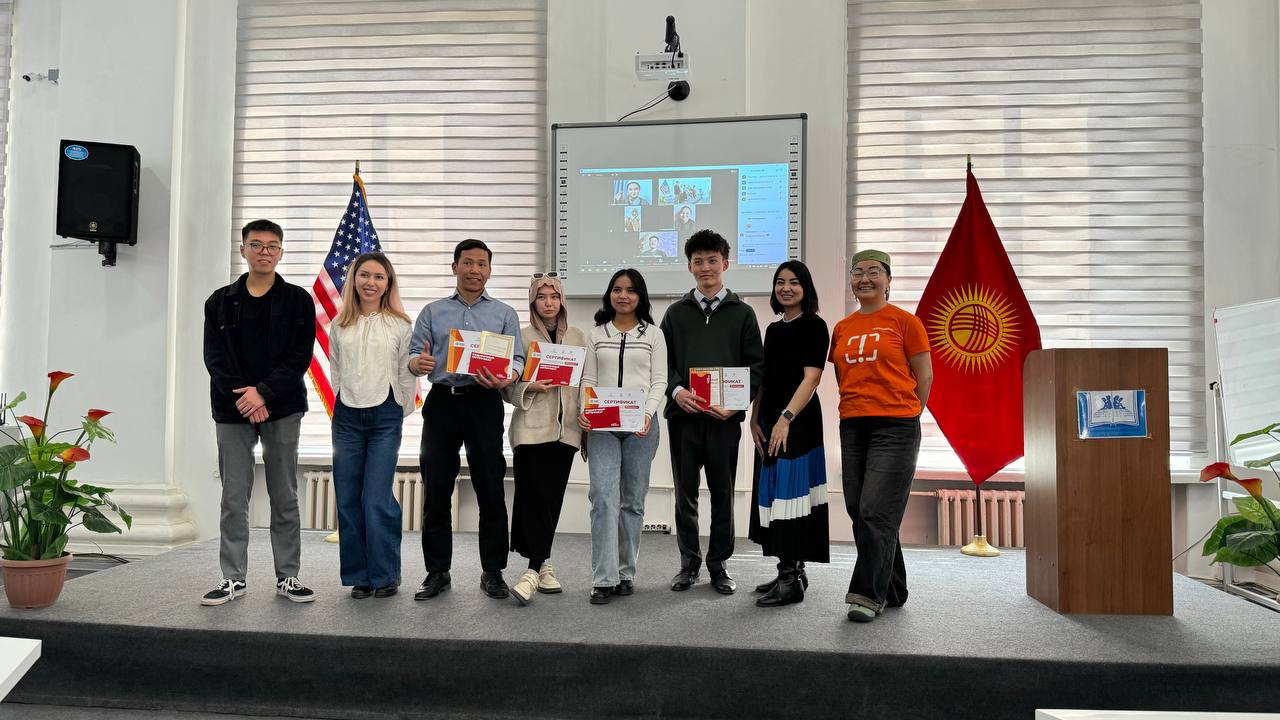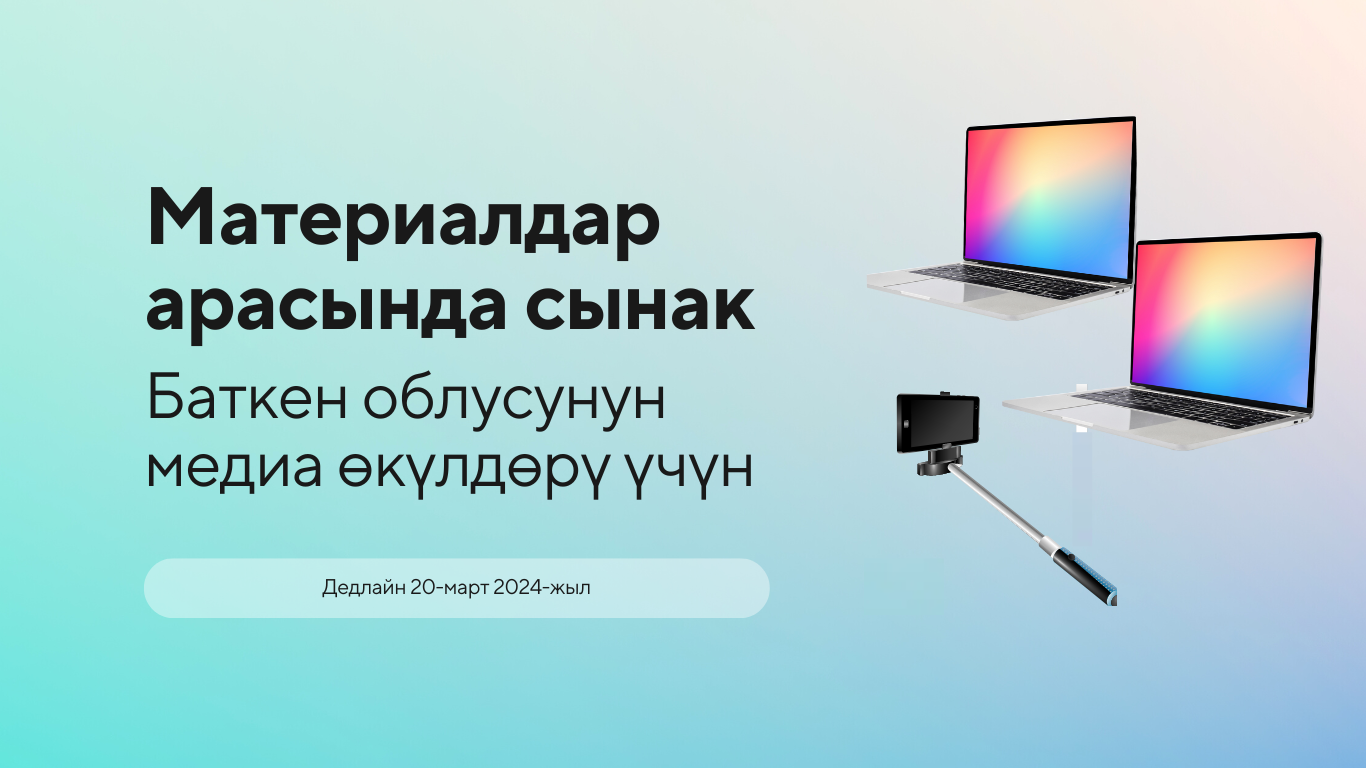To Get Unstuck, Think With Your Hands

Researchers have found that our thoughts and choices can be transformed by physical interaction with objects.
Atsome point, I subconsciously decided that “open computer” equals “working.” So each morning, that’s what I do: flip open my laptop and get to work. Or rather, I try to work. The problem is, I often find myself thinking in circles, returning to my inbox, or feeling totally stuck.
The reality is that the computer is a sad tool for human ideation, one that pales in comparison to the infinite workspace of the real, three-dimensional world. To come up with more ideas, better ideas, and engage with thoughts more deeply, we need to work with our hands. This instinct shows up a lot in our daily lives. It’s why we gesture in space when we are trying extremely hard to understand things or communicate a point to someone else. It’s why little kids say “I love you this much” and stretch their arms out wide. It’s why when we count change, we slide the coins to one side. It’s why keeping six feet of space between our friends breeds awkwardness, even when that’s the only change in the relationship. Three-dimensional space is our problem-solving space, but in intellectual settings such as school, where kids are taught to count in their heads and not with their fingers, we’ve learned to associate it with cognitive weakness.
Gaëlle and Frédéric Valée-Tourangeau, cognitive science researchers at Kingston University, found that our minds do not think like computers — rather, our thoughts and choices can be “transformed by physical interaction with things.” Similarly, in a 2019 TED Talk, artist Louise Despont argued that thinking with our hands is a form of deep listening. Without fail, when I give myself permission to shut my computer, I come up with my best, most creative ideas. An idea that could take half an hour to render in a software program often takes only seconds to sketch out on paper. A sketch is like the world’s most rapid prototype: In 30 seconds, I can determine if an idea is worth fleshing out on the computer in a more time-intensive way.
Here are a few ways thinking with your hands can get you unstuck:
Moving your body gets your brain ready to think. We evolved to think while moving. Moving meant hunting, preparing meals, or evading threats — all times when it’s in the best interest of our species to be thinking better. Movement triggers the release of a protein called brain derived neurotrophic factor, or BDNF, which Dr. John Ratey, a psychiatric researcher at Harvard Medical, calls “MiracleGro” for the brain. Our brains are re-shaping themselves constantly: little spikes off of our neurons, called dendrites, connect to each other in new patterns when we learn and generate ideas. BDNF makes it easier for these new connections to form.
Removing distractions means more processing power. When you shut off your computer, you have to give your full attention to the page in front of you — there are no tabs or notifications luring you away. Cognitive load theory says you can only think about so much at a time, and these little distractions eat away at the thinking power you have to solve whatever problem you’re stuck on. By cutting out the distractions that are built into the experience of using a laptop, you’ll have better access to the things you already know so you can come up with ideas more quickly.
Engaging all your senses has mental benefits. Working with analog tools is a very different sensory experience from staring at your screen. You feel the texture of the paper on your hands, the weight of the pen, the slight resistance as you write. You hear the scratch of the tip pressing into the paper and the rustling of your hand gliding around the page.
Research suggests that engaging multiple senses can increase your retention, memory, and recall. In studies with mice conducted by neuroscience pioneer Marian Diamond, “enriched environments” — that is, environments that stimulate all the senses — were shown to increase the volume of the cortex, the part of the brain that deals with the most complex types of thought (and movement). This is the same principle guiding the Montessori approach: hands-on learning is the most effective kind. Why should we stop learning with our hands in adulthood?
Here are three ways you can think with your hands today:
Use pen and paper
Start by writing down all the questions you have about a project. Question-driven problem-solving encourages divergent thinking because it makes you start with the problem rather than jump ahead to potential solutions.
Next, intuitively draw lines connecting your ideas and arrows to show potential consequences. Squares, circles, and colors can help visualize relationships or emphasize the most important points.
Level up with index cards
Use index cards or sticky notes to break out of linear organization and think in a more three-dimensional way. In multiple studies, when people were given physical cards to move around, they came up with more creative ideas and generated greater insights. Try laying out the cards to spatially represent the relationships between things, hierarchies, and cause-effect relationships.
“Draw” different relationships
Some things we just don’t have words for. Some relationships we just don’t have words for. You can bypass language processing by thinking in pictures and diagrams — think of them as the vector version of your thoughts and ideas.
Drawing allows us to express our thoughts and worries in a really wonderful way, clearing our cognitive load and allowing us to pay more attention and see what is actually there. It strengthens our ability to reflect, imagine, and make connections beyond the limitations of words.
In her TED Talk, Desport says drawing is a way to set aside verbal judgments and force ourselves to engage in a quality of deep attention that is unparalleled by other states of mind. It’s not about artistic ability; it’s about using drawing as a tool to better understand the problem you’re facing by thinking in pictures.
Build something
Use the three-dimensional space and the objects around you to help you think through your problem. Maybe switching to a different system for API calls broke all your user experience tagging, and now it’s a lot more difficult to see where the app is failing. How can you represent this shift with the objects around you? You might take a pencil cup to the supply room to pick up a marker, a pen, and a pencil. The pencil cup is the API call and the writing utensils are the services. How can you use this highly visual, physical analogy to help you better understand your problem and how to fix it?
In each of these examples, you get bonus points for collaborating and verbalizing your thought process. After all, we’re social creatures with a fundamental urge to link our minds together.
Article source: https://forge.medium.com/how-thinking-with-your-hands-can-get-you-unstuck-2f971916267f




